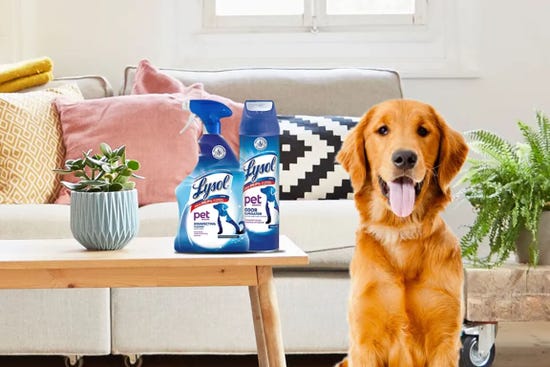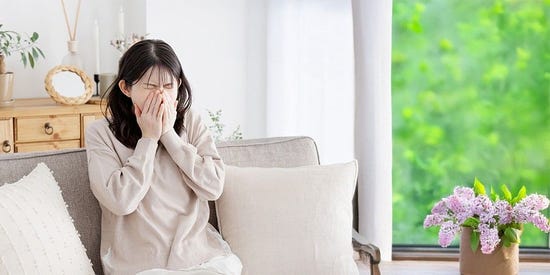
5 Steps to a Clean and Healthy Classroom
Germs are everywhere, and the classroom is no different. In fact, due to this being such a high traffic area, it’s likely that there are more germs here than many other places. That’s why it’s so important for the safety of both pupils and teachers to keep hygiene levels up in schools.
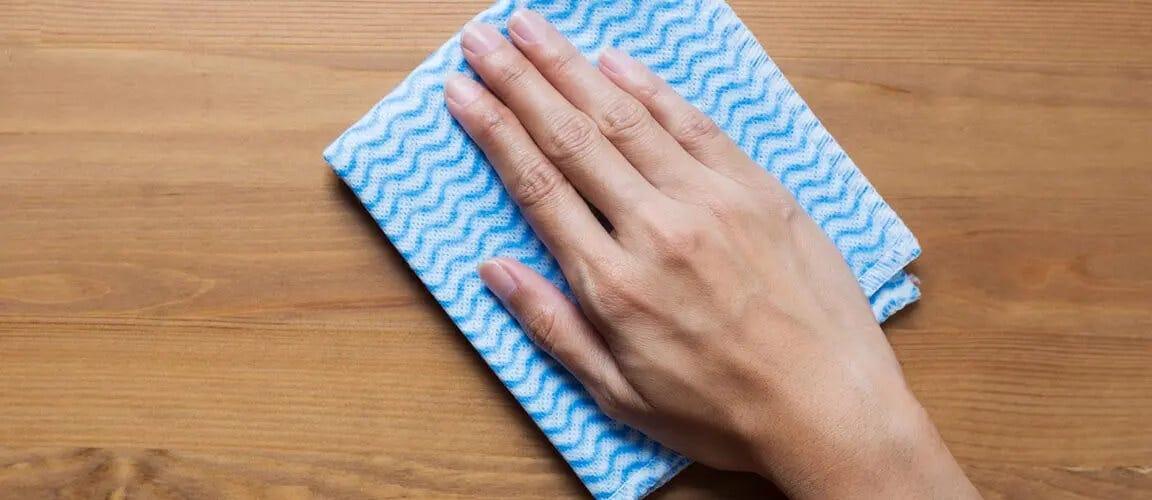
Quick ‘germs in schools’ statistics:
- Kindergarteners get around 12 colds in a year, whereas adolescents will only have about two to four.1
- A classroom keyboard has 3,300 bacteria per square inch.2
- A classroom water fountain has 2,700,000 bacteria per square inch.3
- It only takes 2-3 days for school-desk bacteria levels to get back up to what they were before a cleaning.4
- Cold season hits right during the school year — September to March/April.5
Why should we keep our classrooms clean?
It’s fundamentally important to keep school classrooms clean for a number of reasons. Most obviously, a group of kids plus a confined area can equal a breeding ground for germs. Fighting the constant runny noses, coughing, sneezing and dirty hands is a never-ending battle.
It is every teacher and Lysol’s mission to curb the spread of illness in the classroom. Children miss nearly 60 million days of school a year in the US, which means that they are at home and not in the classroom learning and growing.
It’s crucial to recognise that school is not only the place that children learn and grow but also create strong and lasting relationships with lifelong friends. Simply put, if they miss school, they miss out.
Poor hygiene comes in a variety of forms and often leads to the spread of viruses and bacteria including cold and flu germs. Encouraging healthy hygiene habits at a young age can leave a lasting impression and have a dramatic effect on overall long-term health.
How to Keep a Clean Classroom
Remember that a healthy classroom also needs parents to get involved. In particular, encourage parents to keep their children home when sick. Let them know that they won’t get in trouble, and that they’re helping to keep other kids safe.
Our Infographic is a good reminder of the 5 steps for a healthy classroom.
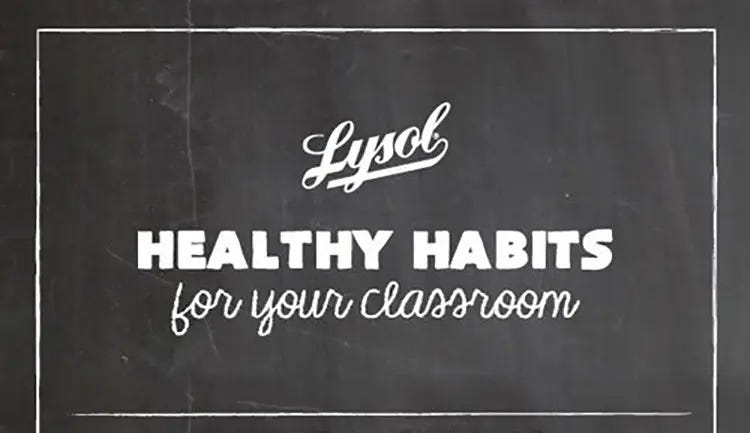
Keeping your classroom clean is imperative not only to keeping it safe and hygienic, but to ensuring it’s a pleasant environment for students to be productive in. Just remember that with the right sanitizing products and a bit of common sense, it needn’t be a chore!
Participating Teacher Bloggers
Amy Marshall: The Resourceful Room
Sam Kelly: Mrs. Kelly's Klass
Cassie Thompson: Adventures in Teaching
Aimee VanMiddlesworth: Pencils, Books & Dirty Looks
Angie Rubin: Rulin' the Roost
Mrs. Leeby: Learning with Mrs. Leeby
Dana Lester: Common to the Core
Diane Roethler: Fifth in the Middle
Gina Szczodrowski: Third Grade Tidbits
Hadar Maor: Miss Kindergarten
Kathy Crane: Kindergarten Kiosk
Katy Smith: First Grade Kate
Kimberly Gillow: Funky First Grade Fun
Lori Rosenberg: Teaching with Love & Laughter
Marsha McGuire: A Differentiated Kindergarten
Melissa Dillard: Seusstastic Classroom Inspirations
Molly Lynch: Lucky to be in First
Tara West: Little Minds at Work
Tessa Maguire: Tales from Outside the Classroom
Explore More Resources For the Classroom
Related Articles
*When used as directed on the label
SOURCES:
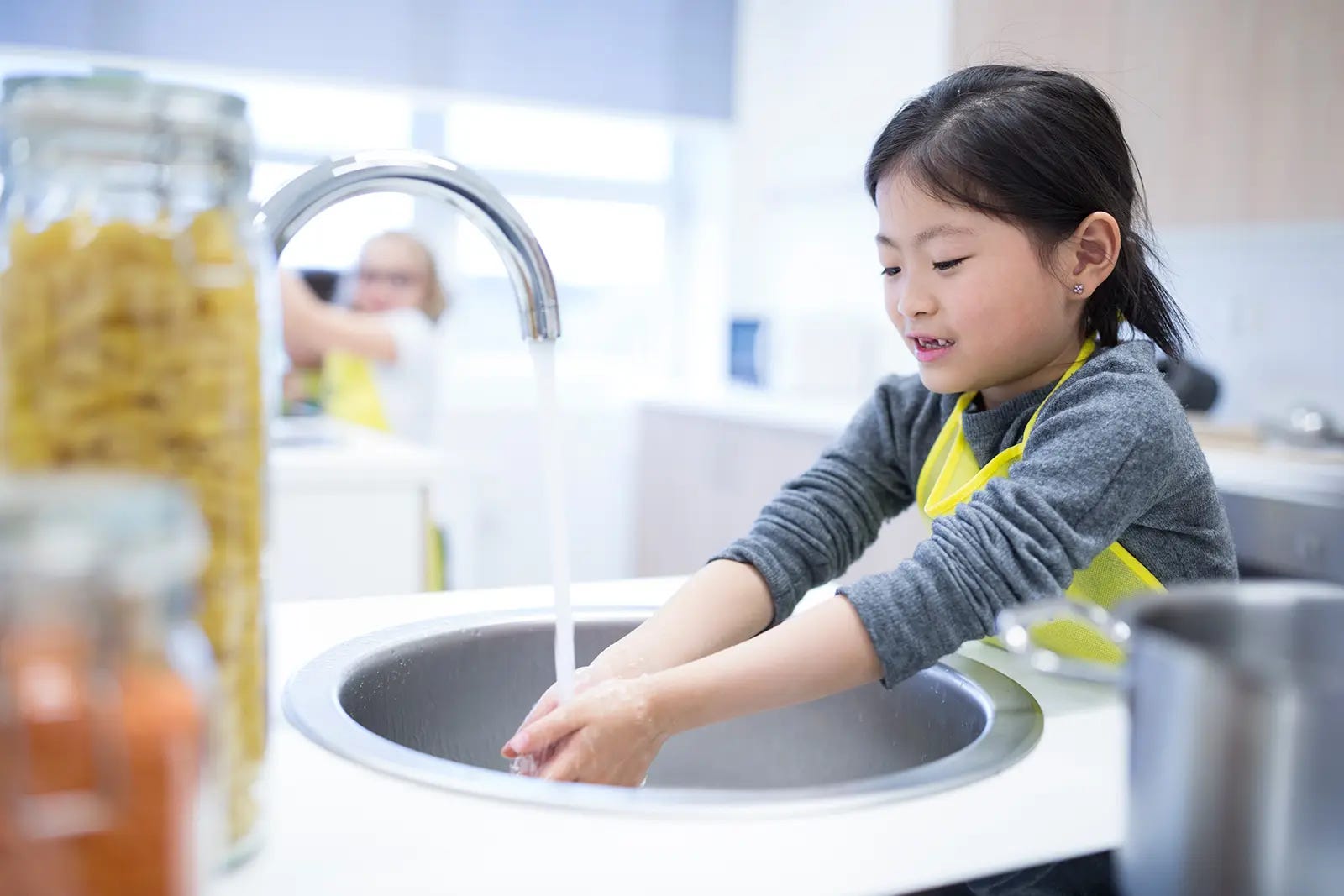


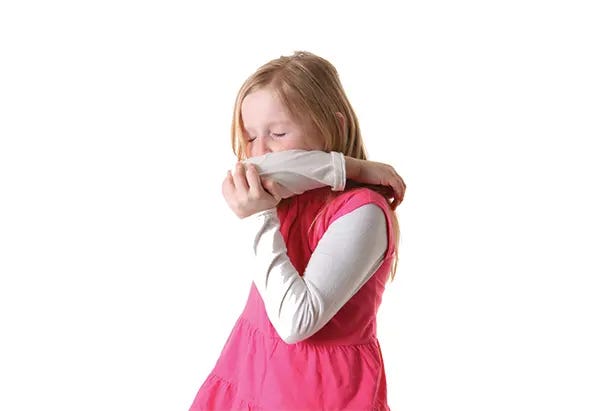

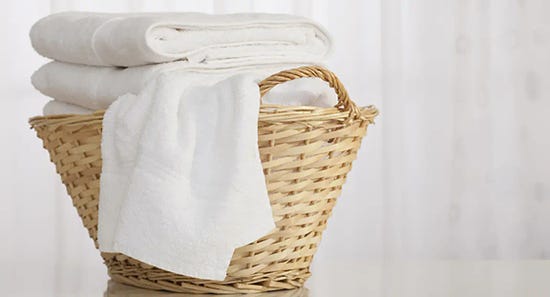
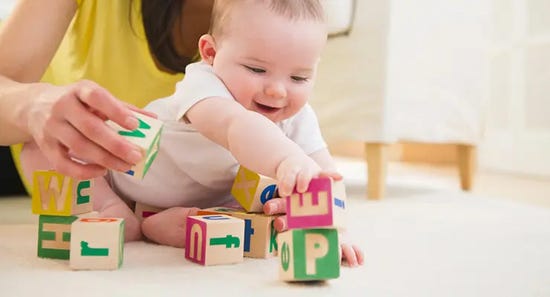



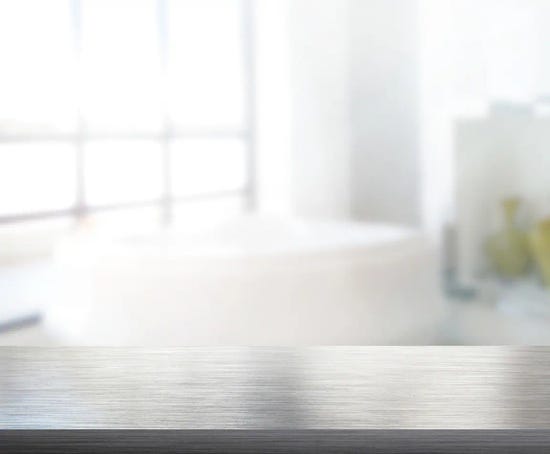
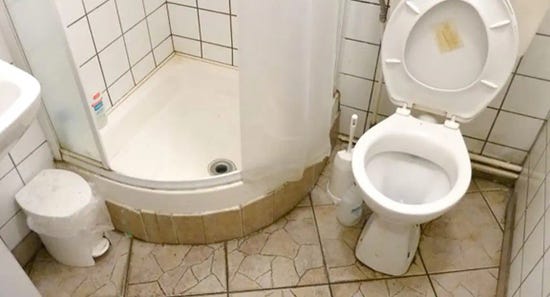
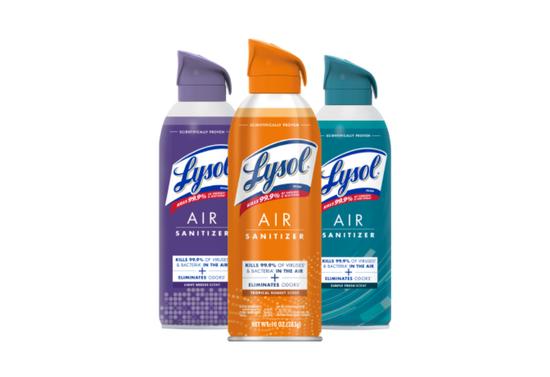
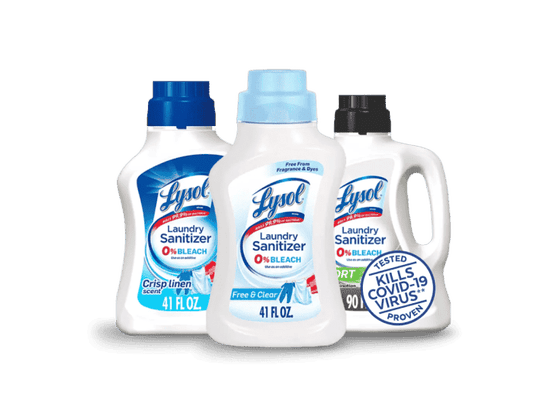
.png?width=550&height=377&format=png&quality=80)
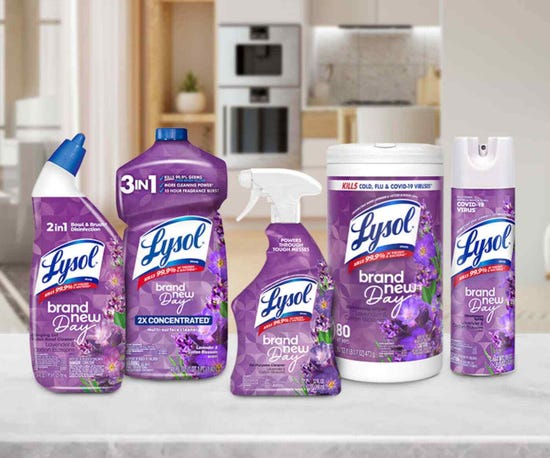
.png?width=550&height=377&format=png&quality=80)
.png?width=550&height=420&format=png&quality=80)
.png?width=550&height=377&format=png&quality=80)
.png?width=550&height=377&format=png&quality=80)
